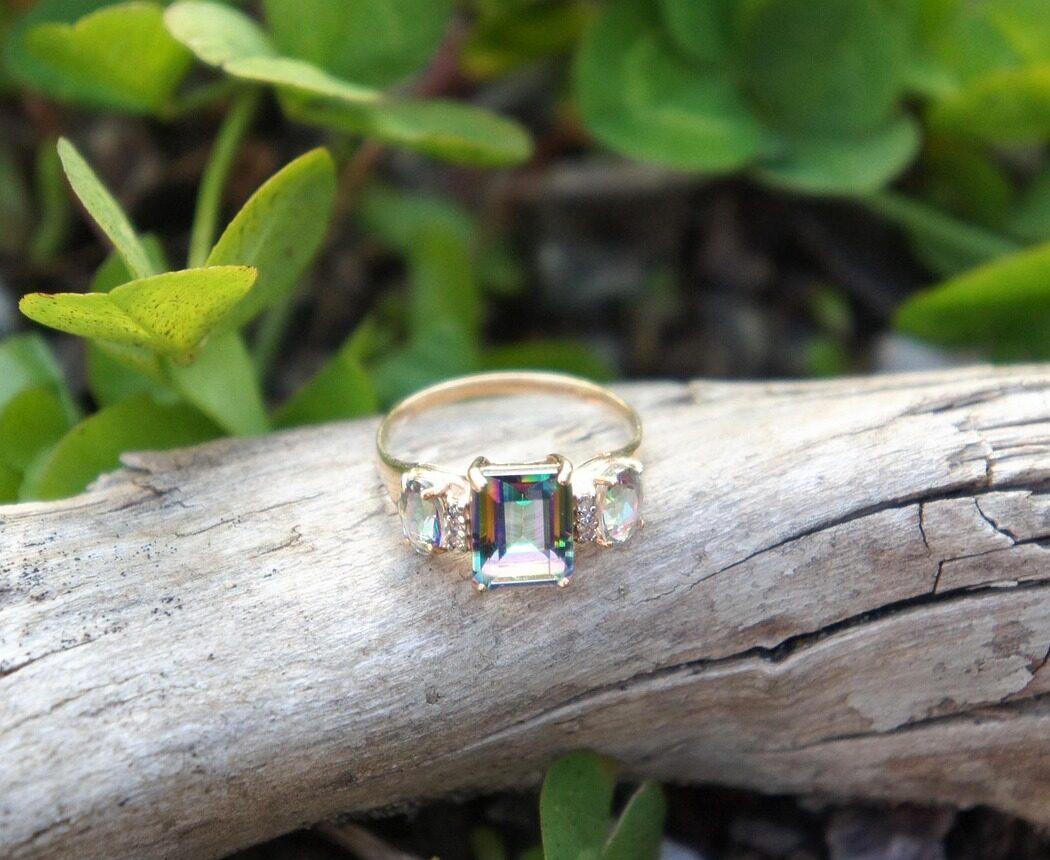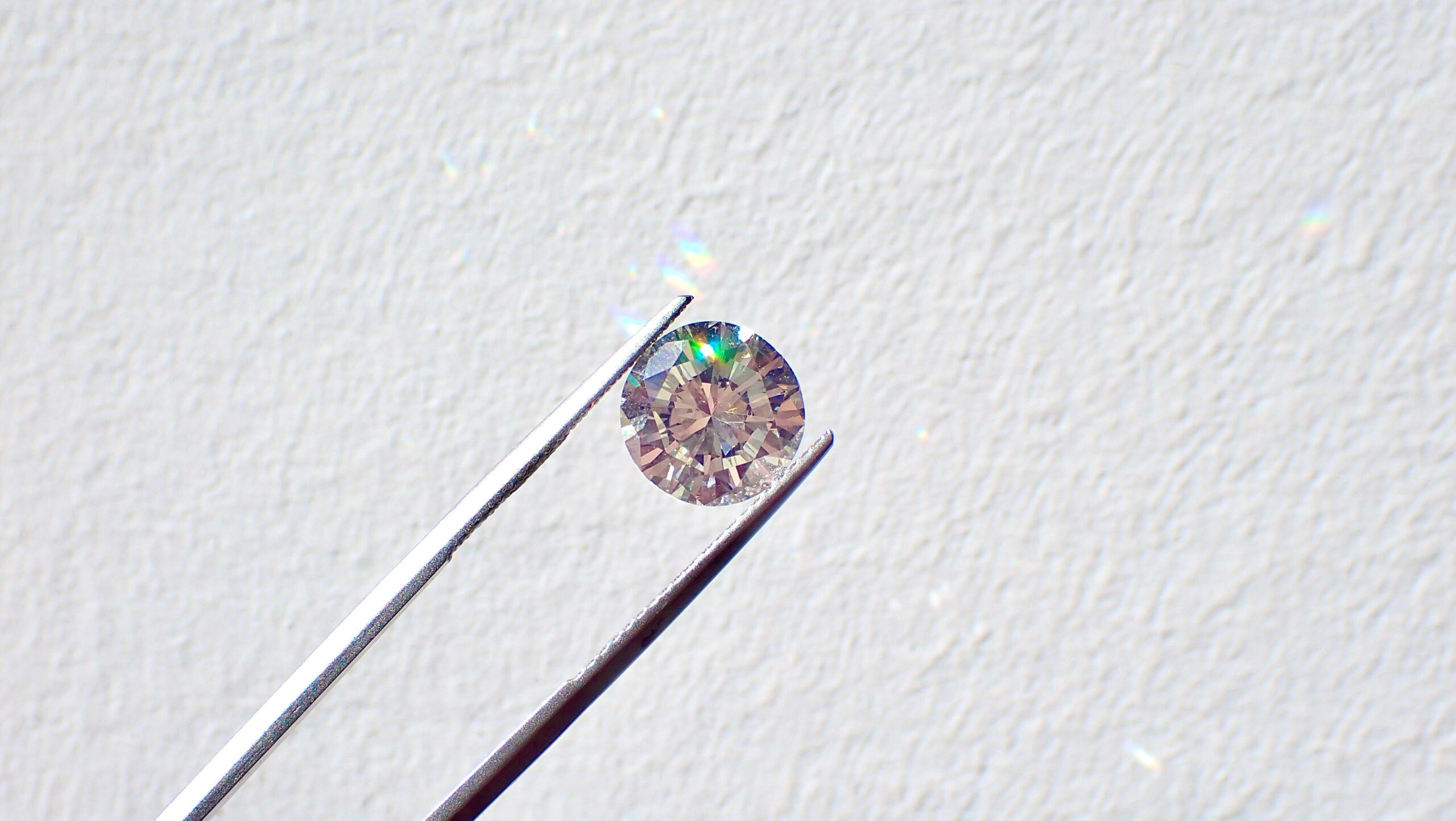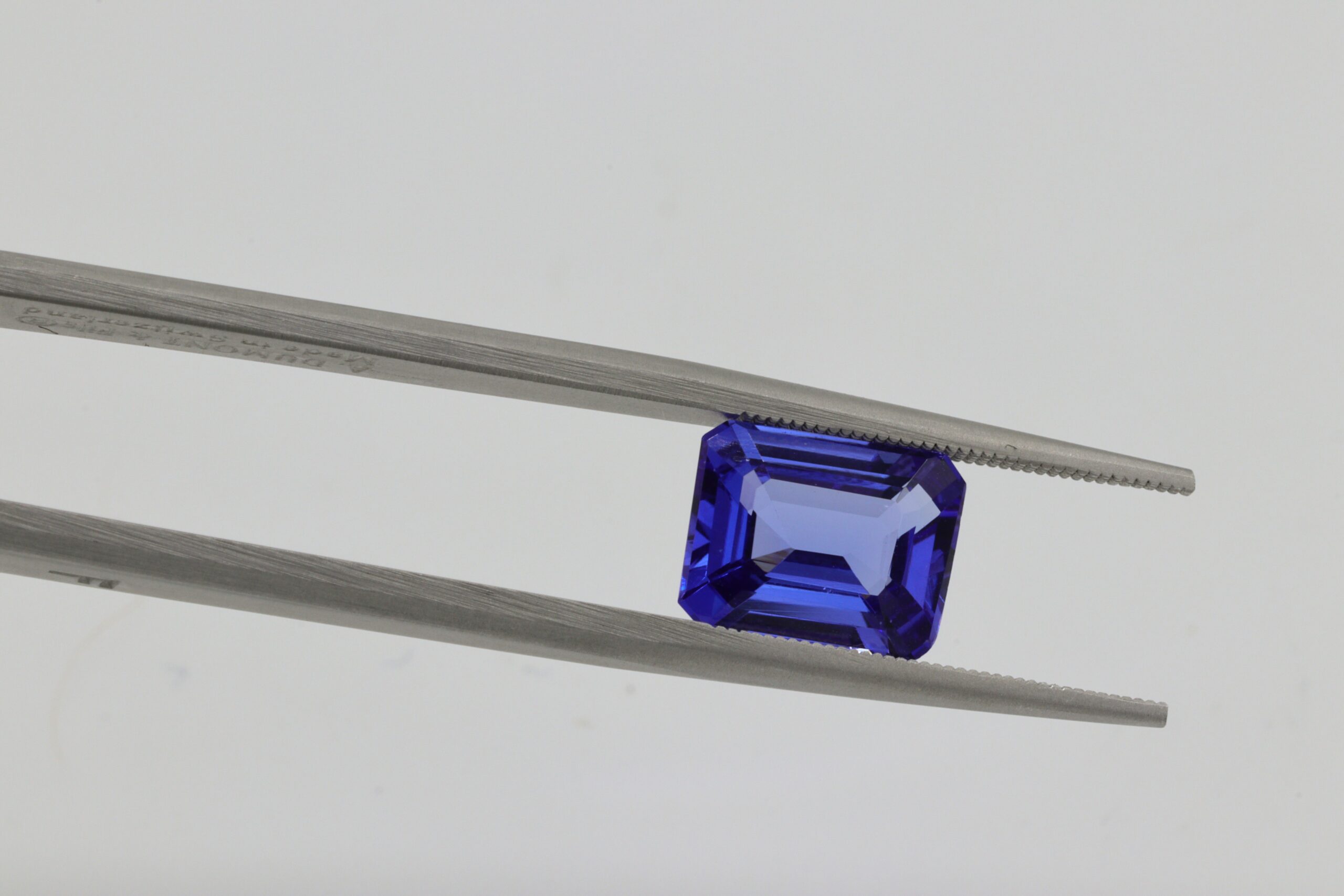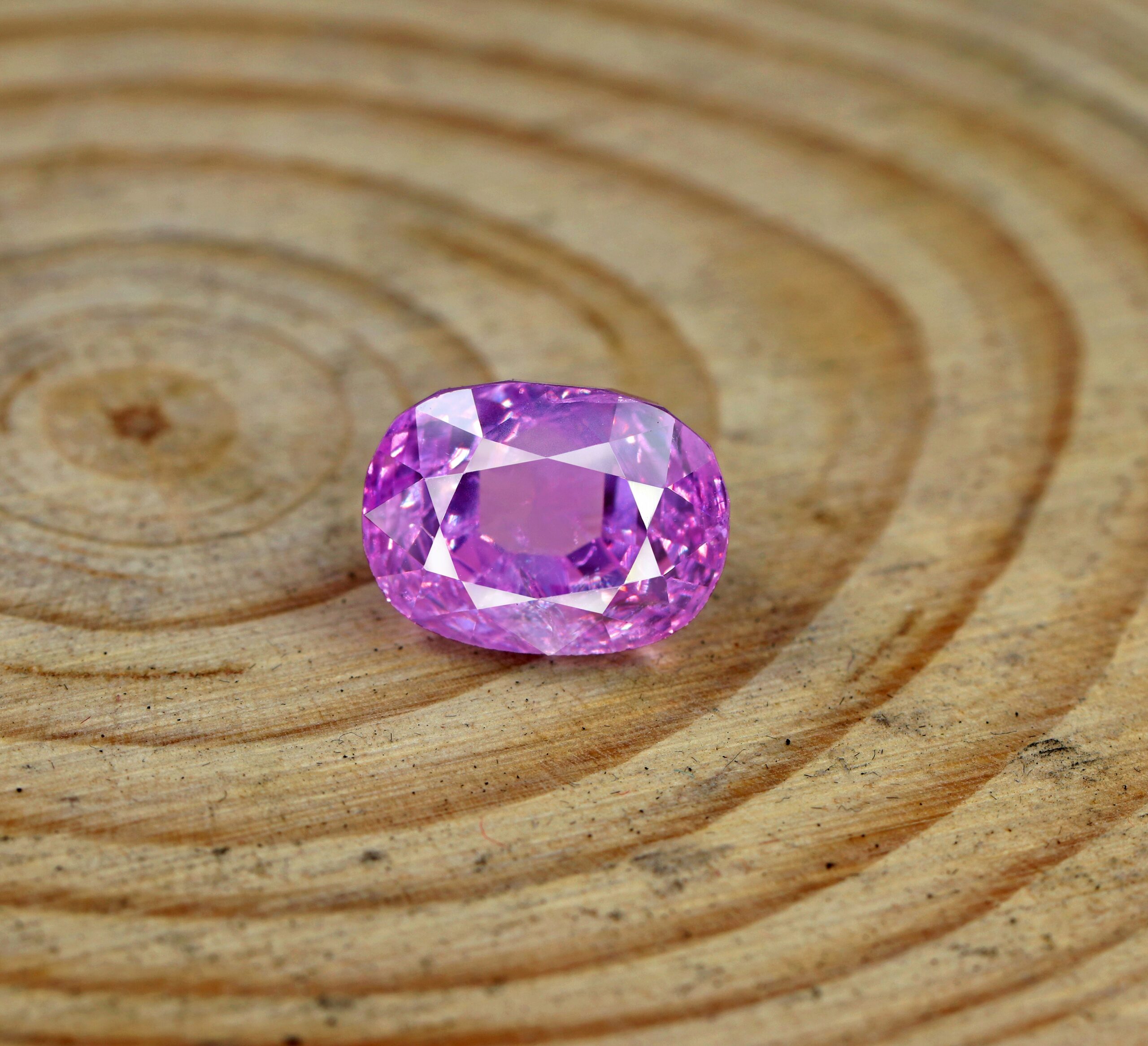The moment you say “Yes” is magical, and the ring that seals the promise should be just as special. While diamonds have reigned supreme for generations, today’s couples are redefining tradition. Whether you’re seeking a more affordable engagement ring, a truly unique gemstone, or an ethically sourced diamond alternative, the options have never been more brilliant.
Gone are the days when a non-diamond ring meant settling. In fact, choosing a diamond alternative is a choice for individuality, sustainability, and smart spending. Ready to explore the top contenders that bring the “wow” factor without the traditional price tag?
Here are the best diamond alternatives for engagement rings, ranked by their durability, sparkle, and unique appeal.
Moissanite: The Sparkle Superstar
If your main criteria is brilliance and a near-perfect diamond likeness, Moissanite is your winner.
- What it is: Originally discovered in a meteorite crater, Moissanite is now a lab-created gemstone (silicon carbide) that is exceptionally brilliant.
- Why it’s a top alternative: It has a higher refractive index than a diamond, meaning it actually exhibits more fire and rainbow-like sparkle! It’s also one of the most durable diamond alternatives, ranking at 9.25 on the Mohs scale (just below a diamond’s 10).
- Pros: Incredible brilliance, nearly as hard as diamond, highly affordable, and 100% lab-created (making it a responsible choice).
- Cons: The intense, rainbow sparkle can sometimes look “too bright” compared to the softer flash of a diamond.
Lab-Grown Diamonds: The Identical Twin
For those who love the idea of a real diamond but want to avoid the high cost and environmental concerns of mining, Lab-Grown Diamonds are the ideal solution.
- What it is: These are genuine diamonds, sharing the exact same chemical, physical, and optical properties as mined diamonds. The only difference is their origin—they are grown in a controlled laboratory environment.
- Why it’s a top alternative: You get the iconic look, durability (10 on the Mohs scale), and timelessness of a diamond, often at a price point that is 30-50% less than a comparable mined stone.
- Pros: Chemically and visually identical to mined diamonds, 10/10 durability, more affordable, and ethically/sustainably produced.
- Cons: Still a more expensive option than other alternatives like moissanite or white sapphire.
White Sapphire: The Classic & Understated Elegance
A natural precious gemstone, White Sapphire offers a more subdued, classic look that’s perfect for a timeless ring.
- What it is: A colorless variety of the corundum mineral (the same family as blue sapphires and rubies), which is one of the four precious gemstones. It can be natural or lab-grown.
- Why it’s a top alternative: It’s incredibly hard and durable, ranking at 9 on the Mohs scale, making it excellent for everyday wear. Its sparkle is softer, offering an elegant, silvery sheen rather than the fiery flash of a diamond or moissanite.
- Pros: Excellent durability, natural precious gemstone, more affordable than diamonds, and a classic, elegant appearance.
- Cons: Lower brilliance (sparkle) than diamond or moissanite; it tends to show dirt more easily and needs frequent cleaning to maintain its shine.
The Best of the Rest: Colorful & Unique Engagement Ring Options
If you’re looking for a stone that completely breaks the mold and introduces color and personality, consider these stunning gemstones:
Sapphire (Blue, Pink, Yellow, etc.)
- Durability: 9 (Excellent for daily wear).
- Why we love it: Rich color, timeless status (fit for royalty!), and a symbol of loyalty and sincerity.
Ruby
- Durability: 9 (Excellent for daily wear).
- Why we love it: A deep red stone that symbolizes passion and love. A bold, luxurious alternative.
Morganite
- Durability: 7.5−8 (Good, but needs more care than a diamond or sapphire).
- Why we love it: Its delicate pink-to-peach hue is incredibly romantic and feminine, often set beautifully in rose gold. A true statement of non-traditional style.
Aquamarine
- Durability: 7.5−8 (Good, but requires a protective setting like a bezel).
- Why we love it: Its serene, pale blue color is breathtaking, offering a cool-toned, calming aesthetic. It’s often very budget-friendly.
Making Your Final Choice
Selecting the best diamond alternative for your engagement ring comes down to balancing three key factors:
| Factor | Best Options |
| Durability (For daily wear) | Lab-Grown Diamond (10), Moissanite (9.25), Sapphire/Ruby (9) |
| Sparkle/Brilliance | Moissanite (Highest), Lab-Grown Diamond (High), Cubic Zirconia (High) |
| Affordability (Lowest Cost) | Cubic Zirconia, White Topaz, Moissanite |
| Unique Look | Morganite (Pink), Sapphire/Ruby (Color), Aquamarine (Light Blue) |
An engagement ring is a beautiful symbol of your commitment. By exploring these gorgeous and durable alternatives, you can find a stone that perfectly reflects your style, values, and budget—proving that the most precious thing is the love it represents, not the price tag.




Leave a Reply
You must be logged in to post a comment.